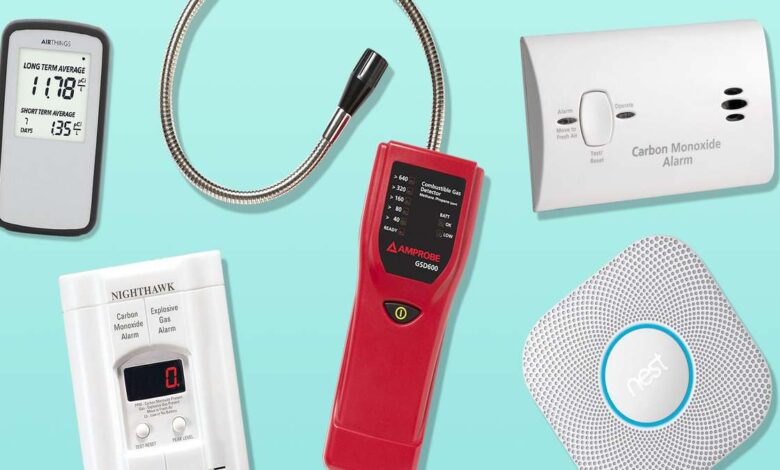6 Features To Choose A Gas Detector

Working or living in an area with a high risk of gas leaks is never easy. Plus, there’s always a risk of accidents if you don’t take precautions early on. But the good news is, there are high-quality gas detectors that help you detect and take precautions as soon as gas leaks start.
For instance, the CHINT gas meter is designed to help you make safe and smart decisions. This eliminates the need for guesswork and ensures you make decisions backed by numbers.
However, with so many features out there, it can be challenging to determine what matters the most. To make things easier for you, we have curated a list of six features that will help you choose the right gas detector as per your requirements.
1. Ensure the Detector is Designed for Your Environment
The most basic requirement of a gas detector is that it should be able to detect your environment’s gas hazards. Therefore, check if it can detect the gasses commonly found in your neighborhood. You can answer these questions for a better idea.
- What primary atmospheric hazards are present in your neighborhood?
- Do you need to monitor multiple gasses simultaneously?
- Are there any gasses that could cross-interfere with the detector?
It is worth noting that the chances of a gas detector detecting every possible combination of gas hazards is minimal. However, you can pick the one that can monitor the gasses you’re most likely to encounter.
2. Choose the Right Display
The next step is to evaluate the gas detector’s monitor. You should be considering the resolution, the size of the screen, and the information it displays. Since it will be something that you will be watching consistently, make sure it is large enough to not put pressure on your eyes.
Also, it should have easy-to-understand icons, if not, you’ll have a hard time understanding what this means. It is also worth mentioning that, with time your screen will probably get scratched and you’ll eventually lose visibility.
Therefore, it would be a good idea to look for gas detectors that allow you to add tear-away screen protectors, similar to smartphones.
3. Check if the ranges match your PPE requirements
NIOSH (National Institute for Occupational Safety and Health) has recommended different levels of PPE (Personal Protective Equipment) depending on the potential hazard exposure.
To ensure that your gas detector can accurately detect gas levels, it should be in accordance with the NIOSH guidelines. For instance, if the most commonly found gas in your neighborhood is NH3, i.e., ammonia, your gas monitor should be able to detect it at levels more than 300 ppm. However, many gas detectors are designed to detect ammonia from 0-100 ppm only.
If your gas detector does not align with the NIOSH guidelines, it is not worth investing in.
Traditional gas detectors have numerous buttons. Not only does this make operating it difficult, but it also increases the risk of tampering.
On the other hand, single-button gas detectors make using the detector simple and tamper-proof. The good part is that that one single button allows you to manage everything, including setting alarms, peak readings, and defining the modes (zero, bump, calibration, etc.).
5. Maintenance and Care
Gas detectors require a clear flow from the monitor which should be free from leaks and blockages. If not, the reading won’t be as accurate as you’d want.
Therefore, ensure that your gas detector also has a pump block detection feature so you won’t have to spend hours every month identifying the blocks and leakages manually.
However, an extra level of maintenance will always be required for confined gas detectors.
6. Peer-to-Peer Connectivity
This feature enables you to link nearby gas detectors and also enables sharing gas readings among the tools automatically. This ensures you get the latest, up-to-date, and accurate information so you can act quickly.
Irrespective of the panic situation, all peers in the network will receive an alert, showing you who is in danger, allowing you to take preventive measures.
Conclusion
Gas detectors are essential equipment in an environment prone to gas hazards. However, choosing the right detector is equally essential. Make sure to use the six tips mentioned in this article to choose a gas detector that meets your requirements.